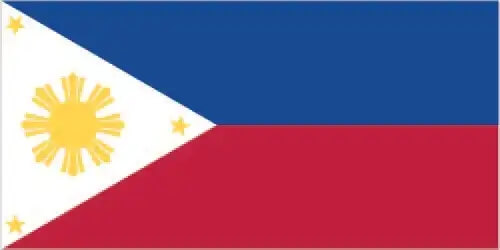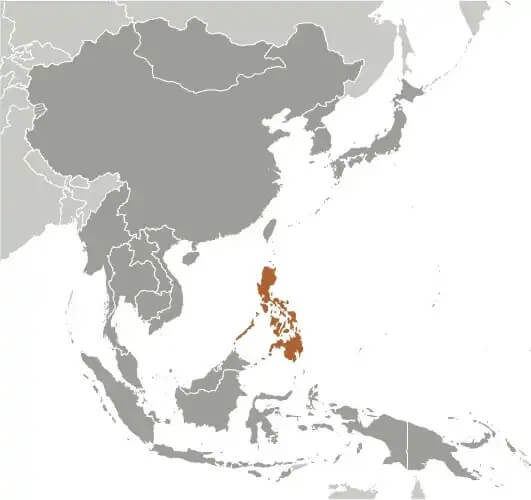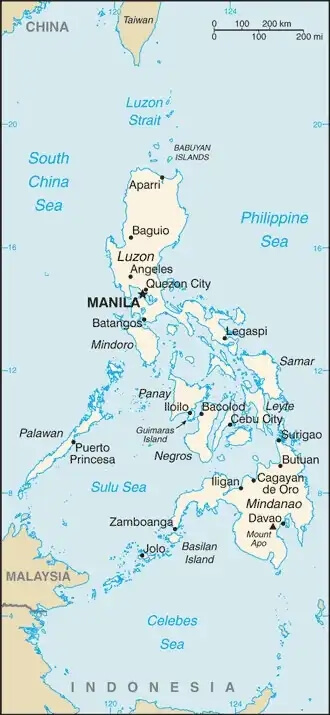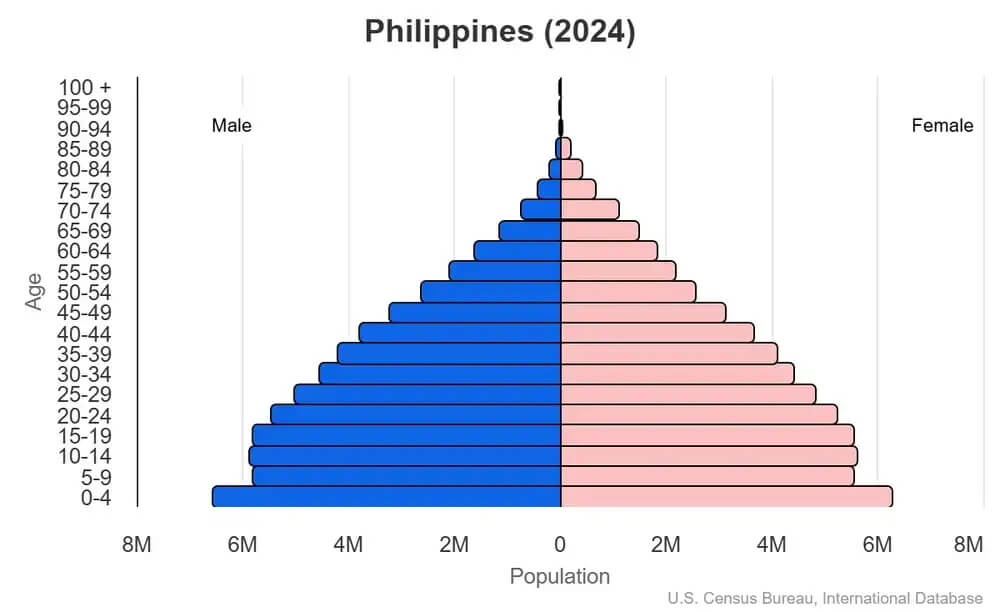World Book
Philippines
World Book Index
65


With a score of 65, the country is ranked 84th out of 158 countries in the World Book ranking. (more information)
Introduction
Background
The Philippine Islands became a Spanish colony during the 16th century and were ceded to the US in 1898 after the Spanish-American War. In 1935, the Philippines became a self-governing commonwealth. After Japanese occupation during World War II, the Republic of the Philippines attained its independence on 4 July 1946.
Geography
Area
total : 300,000 sq km
land: 298,170 sq km
water: 1,830 sq km
Climate
tropical marine; northeast monsoon (November to April); southwest monsoon (May to October)
Natural resources
timber, petroleum, nickel, cobalt, silver, gold, salt, copper
People and Society
Population
total: 118,277,063 (2024 est.)
Ethnic groups
Tagalog 26%, Bisaya/Binisaya 14.3%, Ilocano 8%, Cebuano 8%, Illonggo 7.9%, Bikol/Bicol 6.5%, Waray 3.8%, Kapampangan 3%, Maguindanao 1.9%, Pangasinan 1.9%, other local ethnicities 18.5%, foreign ethnicities 0.2% (2020 est.)
Languages
Tagalog 39.9%, Bisaya/Binisaya 16%, Hiligaynon/Ilonggo 7.3%, Ilocano 7.1%, Cebuano 6.5%, Bikol/Bicol 3.9%, Waray 2.6%, Kapampangan 2.4%, Maguindanao 1.4%, Pangasinan/Panggalato 1.3%, other languages/dialects 11.2%, unspecified 0.4% (2020 est.)
Religions
Roman Catholic 78.8%, Muslim 6.4%, Iglesia ni Cristo 2.6%, other Christian 3.9%, other 8.2%, none/unspecified <0.1 (2020 est.)
Population growth rate
1.56% (2024 est.)
Government
Government type
presidential republic
Capital
name: Manila
Executive branch
chief of state: President Ferdinand "BongBong" MARCOS, Jr. (since 30 June 2022)
head of government: President Ferdinand "BongBong" MARCOS, Jr. (since 30 June 2022)
Diplomatic representation in the US
chief of mission: Ambassador Jose Manuel del Gallego ROMUALDEZ (since 29 November 2017)
Diplomatic representation from the US
chief of mission: Ambassador MaryKay Loss CARLSON (since 22 July 2022)
Economy
Economic overview
growing Southeast Asian economy; commercial rebound led by transportation, construction and financial services; electronics exports recovering from sector slowdown; significant remittances; interest rate rises following heightened inflation; uncertainties due to increased regional tensions with China
Real GDP (purchasing power parity)
$1.202 trillion (2024 est.)
$1.137 trillion (2023 est.)
$1.078 trillion (2022 est.)
Real GDP per capita
$10,400 (2024 est.)
$9,900 (2023 est.)
$9,500 (2022 est.)
Exports
$106.99 billion (2024 est.)
$103.588 billion (2023 est.)
$98.832 billion (2022 est.)
Exports - partners
China 19%, USA 13%, Hong Kong 12%, Japan 11%, Germany 5% (2023)
Exports - commodities
integrated circuits, machine parts, gold, insulated wire, semiconductors (2023)
Imports
$161.154 billion (2024 est.)
$151.441 billion (2023 est.)
$152.638 billion (2022 est.)
Imports - partners
China 25%, Indonesia 8%, Japan 8%, S. Korea 6%, USA 6% (2023)
Imports - commodities
integrated circuits, refined petroleum, cars, crude petroleum, coal (2023)
Human Development Index
The country's Human Development Index (HDI) is 0.720, ranking it 117th out of 193 countries tested. (more information)
World Happiness Report
The World Happiness Report ranked the country 73th out of 158 countries tested with a score of 5.823. (more information)



